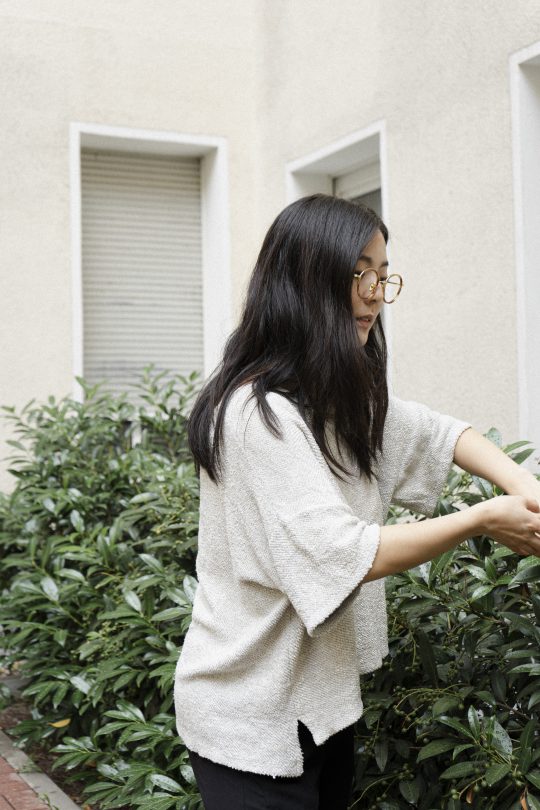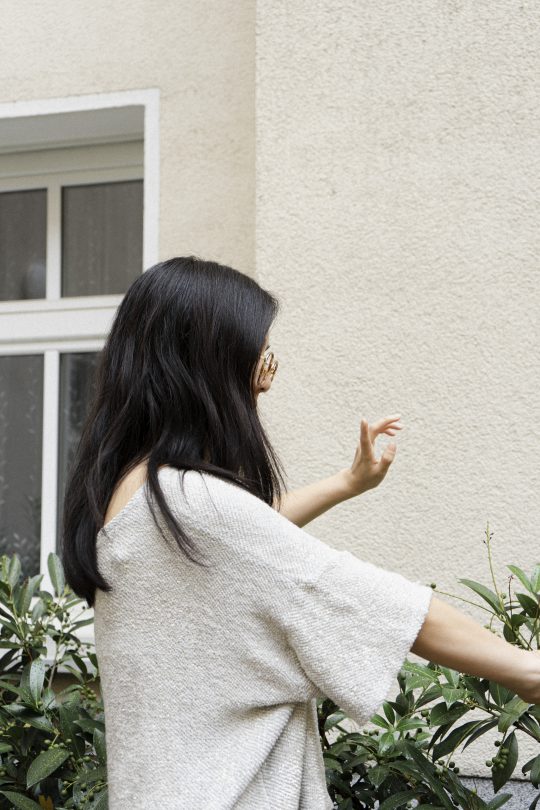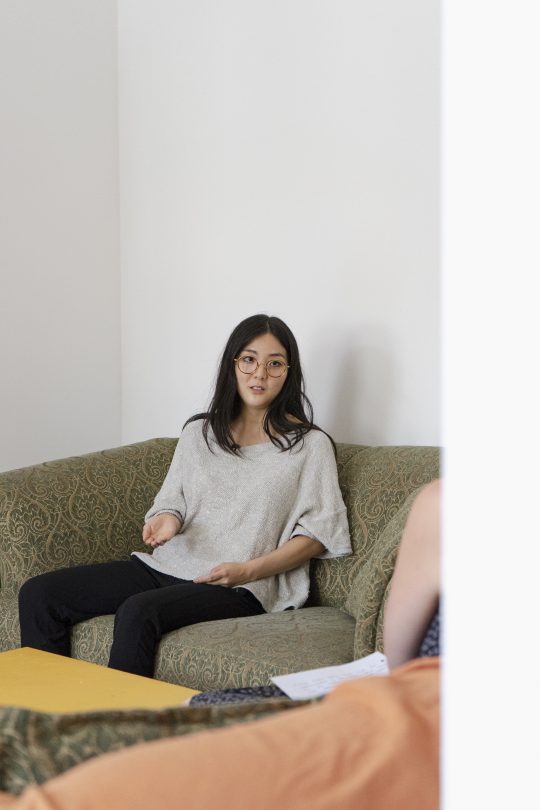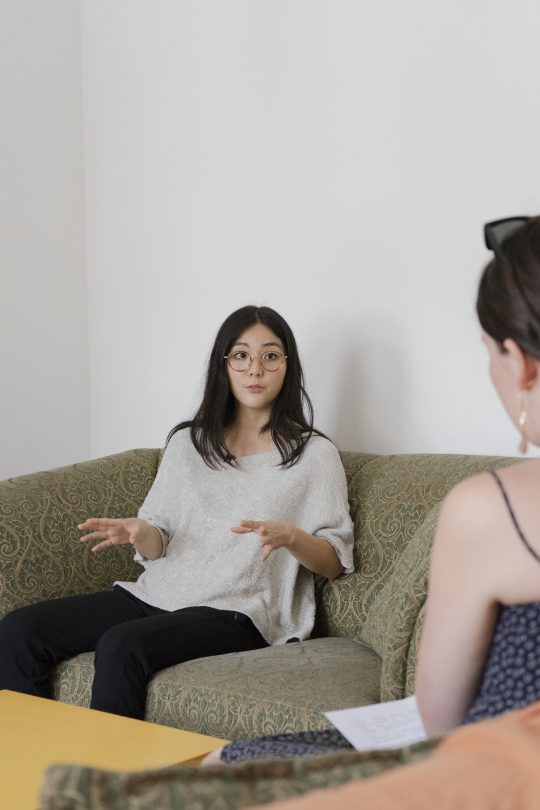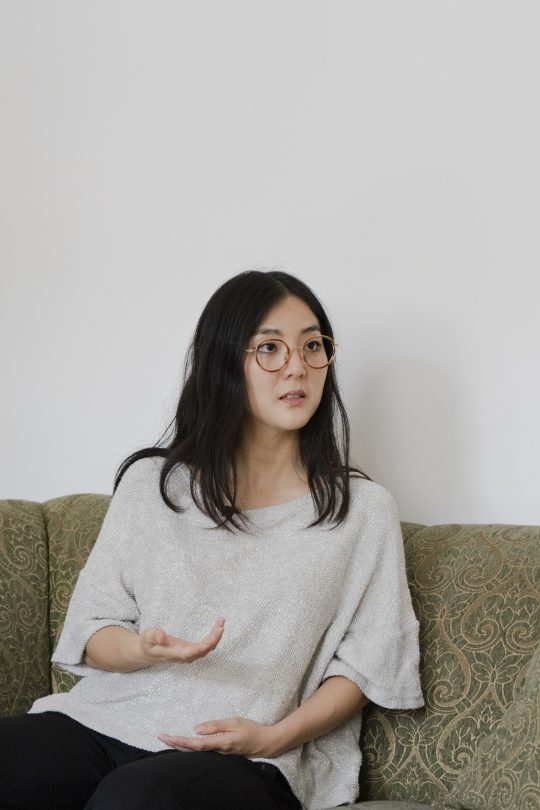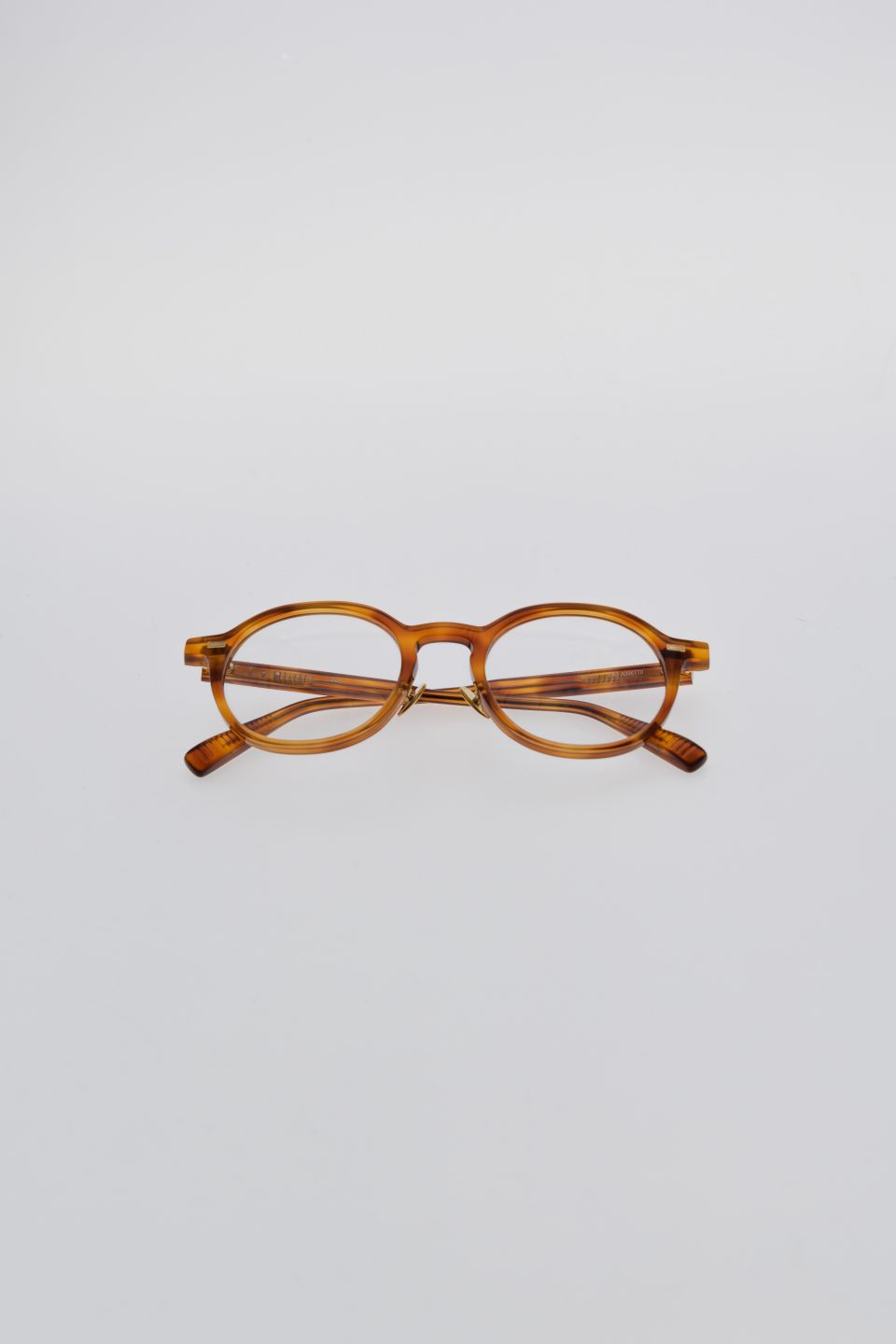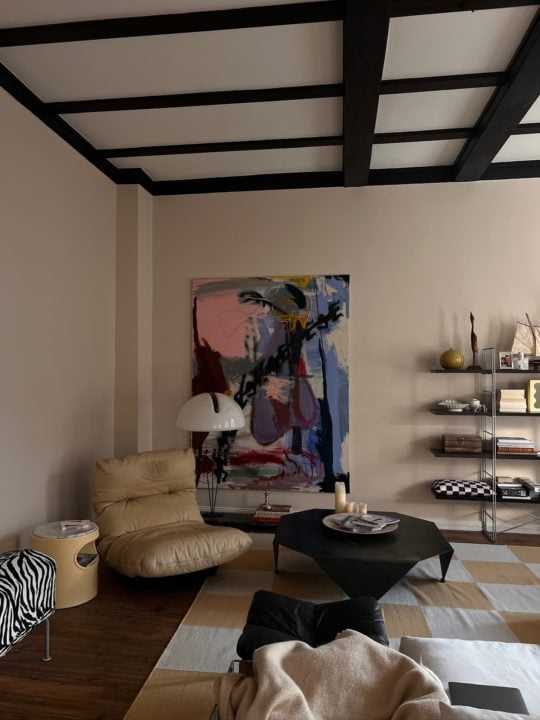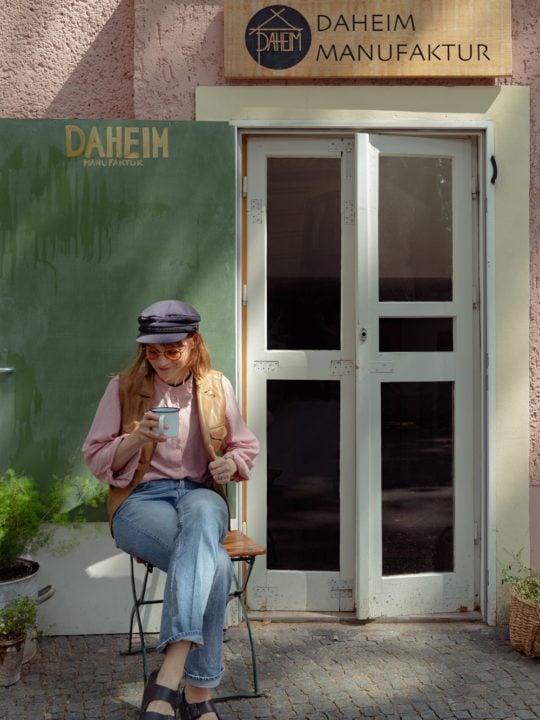“CHOREOGRAPHED SITUATIONS” OF GERMAN-KOREAN CREATIVE, OLIVIA HYUNSIN KIM
Emily May interviews Berlin-based choreographer and dancer, Olivia Kim.
“At home we spoke Korean and ate Korean food, whereas outside, everything was German,” says Berlin-based, German-Korean creative Olivia Hyunsin Kim.
Growing up in the northern-German city of Siegen until the age of 12—her family had to return to Korea due to visa issues—she was frequently confronted with racism and otherization, encountering them again when returning to Germany with her sights set on becoming an actress.
Rejected from schools after being told she didn’t possess the “depth” of a German actor, and only being offered roles as Chinese noodle sellers and prostitutes in theatre productions, Kim got sick of being stereotyped, and eventually decided to redirect her focus to dance.
Seemingly a more open artform than acting—“dance still has its own mechanisms, but it’s not as if there are set roles that have to be filled by specific genders, ages, and races,”—Kim felt that dance, as a genre, offered her more creative possibilities.
Before making this decision, Kim had studied literature and international relations in Seoul. These subjects, while not traditionally thought of as pathways into the performing arts, ultimately went on to inform her creative career and gave her a means of understanding the racism she had faced as a child.
“International relations changed my perspective on how I see the world. I learnt terms such as post-colonialism and intersectionality, which are now big themes in my work,” she says.
“I don’t think that art changes the world, but it can give a new perspective and make people reflect on things in a different way,” she adds, explaining that she was particularly inspired by how literature allows writers to create alternative worlds in book form. Kim strives to do the same in her dance pieces, such as her most recent work Say My Name, Say My Name which explores issues surrounding artificial intelligence, and how submissive, care-giving robots are often feminised—think Siri and Alexa—while authoritative, professional robots that diagnose diseases, as just one example, are presented as masculine. Taking inspiration from American professor Donna Haraway’s A Cyborg Manifesto, a 1985 book proposing hybridized beings as having the potential to overcome sexism and racism, Kim’s piece didn’t merely aim to reflect the current situation as it is, but “present alternative scenarios and imagined futures” of how things could be instead.
Not only did Kim study a unique combination of subjects at university, her formative dance and performance experiences are also somewhat unconventional and multifaceted: she organised performance events in Seoul’s queer scene, trained in Hula dance during an exchange year in Hawaii, studied western contemporary dance styles in Frankfurt, and even headlined The Kill Joys—a feminist punk band aiming to be a more culturally diverse, trans-friendly continuation of the ’90s “riot grrrl” movement.
She never, however, studied traditional Asian dances despite people saying her ability to perform them was in her blood.
“I don’t have it in my blood, this is a very misinformed concept,”
says Kim, explaining that while she found dance more accessible in terms of its attitudes towards race and casting, she has still experienced a lot of expectations towards her body, what she can represent, and how it can be curated during her time in the industry. “In a lot of dance pieces, the Asian female body is often presented as silent and submissive. The fact that choreographers continue to reproduce these patterns is very problematic.”
Kim translates her frustrations with the current state of the theatre industry into many of her dance works and productions. “I always start from my personal position as a femme woman of colour with invisible disabilities,” she explains. “Then I try to choreograph a situation in which the audience, who to me are not merely spectators, needs to position themselves.” Giving her work Miss Yellow and Me – I Wanna be a musical—the final installment of her MeMe series, a trilogy of works dealing with exoticism in relation to non-white, “other” bodies—as an example, Kim describes a scene where the audience are asked to vote for the best suicide performed by three female-presenting performers of Asian heritage by placing an orchid on one of their dead bodies. Referencing the long history of Asian females committing suicide in cultural productions in order to ease or please a white man’s heart—Kim cites operas Lakme and Madame Butterfly, as well as musical Miss Saigon as examples—the scene is at once humorous and though-provoking.
“The audience don’t know if they should laugh or feel uncomfortable,”
says Kim, adding that some spectators even choose to abstain from the voting process. “Regardless of whether you participate or ignore it, everyone’s still inside the same situation and forced to reflect on it.”
Kim not only strives to combat racial stereotyping through her dance works, but also as a member of Berlin-based organisations Korientation e.V —a (post) migrant network for critical Asian-German perspectives on culture, media, and politics—and Deutsche Asiat*innen, Make Noise (D.A.M.N), who take a stance against racism, sexism, homophobia, transphobia, classicism and capitalism in Germany. “They both do amazing work,” says Kim. Alongside issues such as attacks on cultural minorities which spiked at the beginning of this year due to stereotypes about who may be carrying coronavirus, one of the main problems the groups face in the theatre sector is “yellow facing,” where white performers play roles intended for performers from Asian countries. “There was this recent theatre play about Vietnamese migrant workers in Eastern Germany and the whole cast was white,” she says. “It’s weird you know. Because the opposite isn’t accepted.” The given excuse for the incident was that there weren’t enough capable actors from Asian backgrounds to perform in the production. “It’s so not true,” she says with exasperation. “If they’d have come to talk to me I could have pointed them towards many talented people who would have been suitable for the parts. Then maybe they could have reflected on why they thought it was necessary to draw slitted eyes on western performers.”
Despite the many hurdles still to be overcome, Kim is hopeful for the future and is already seeing progress. Theatre schools she was rejected from 10 years ago, she says, are now accepting Asian-German students.”



